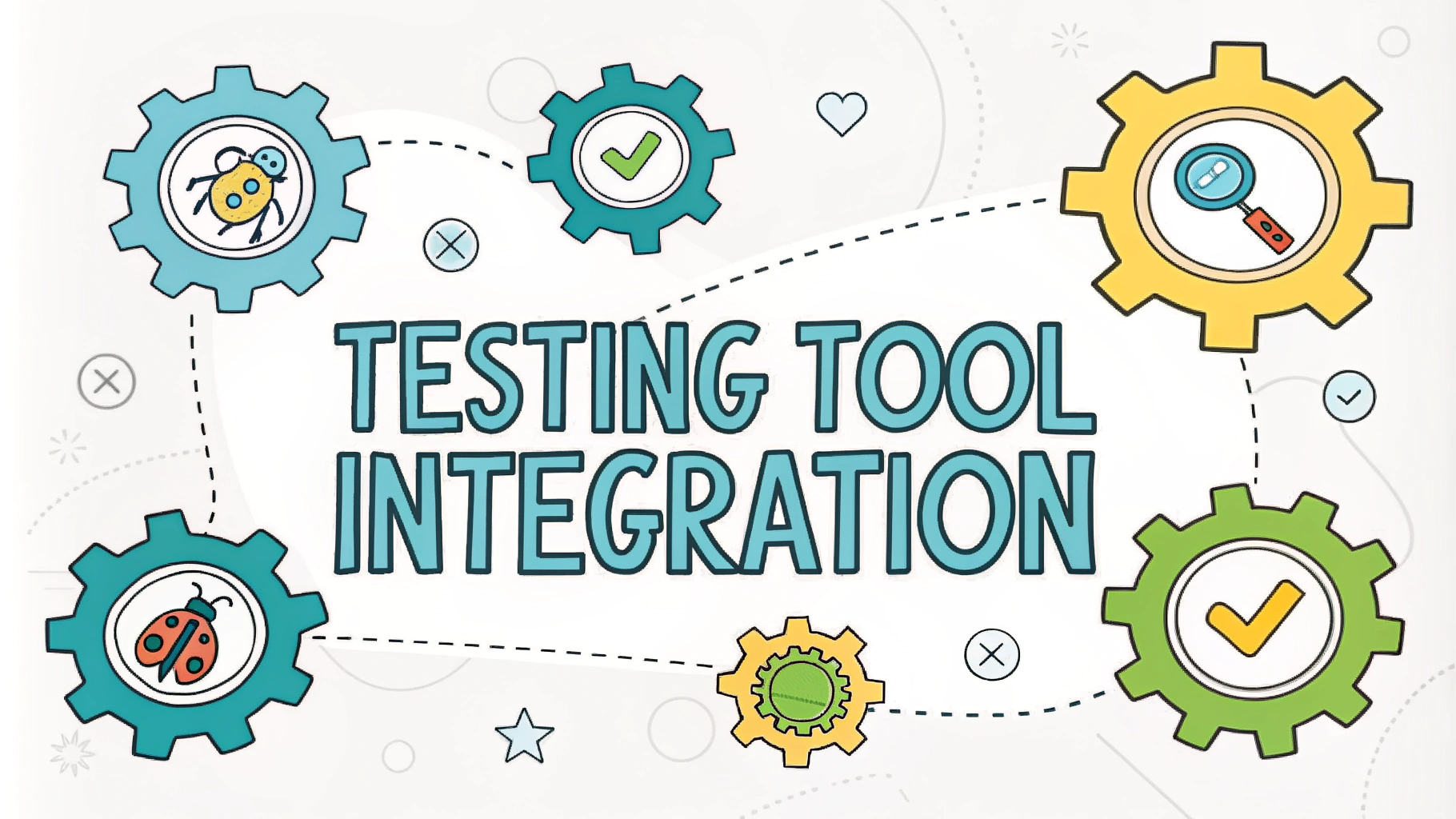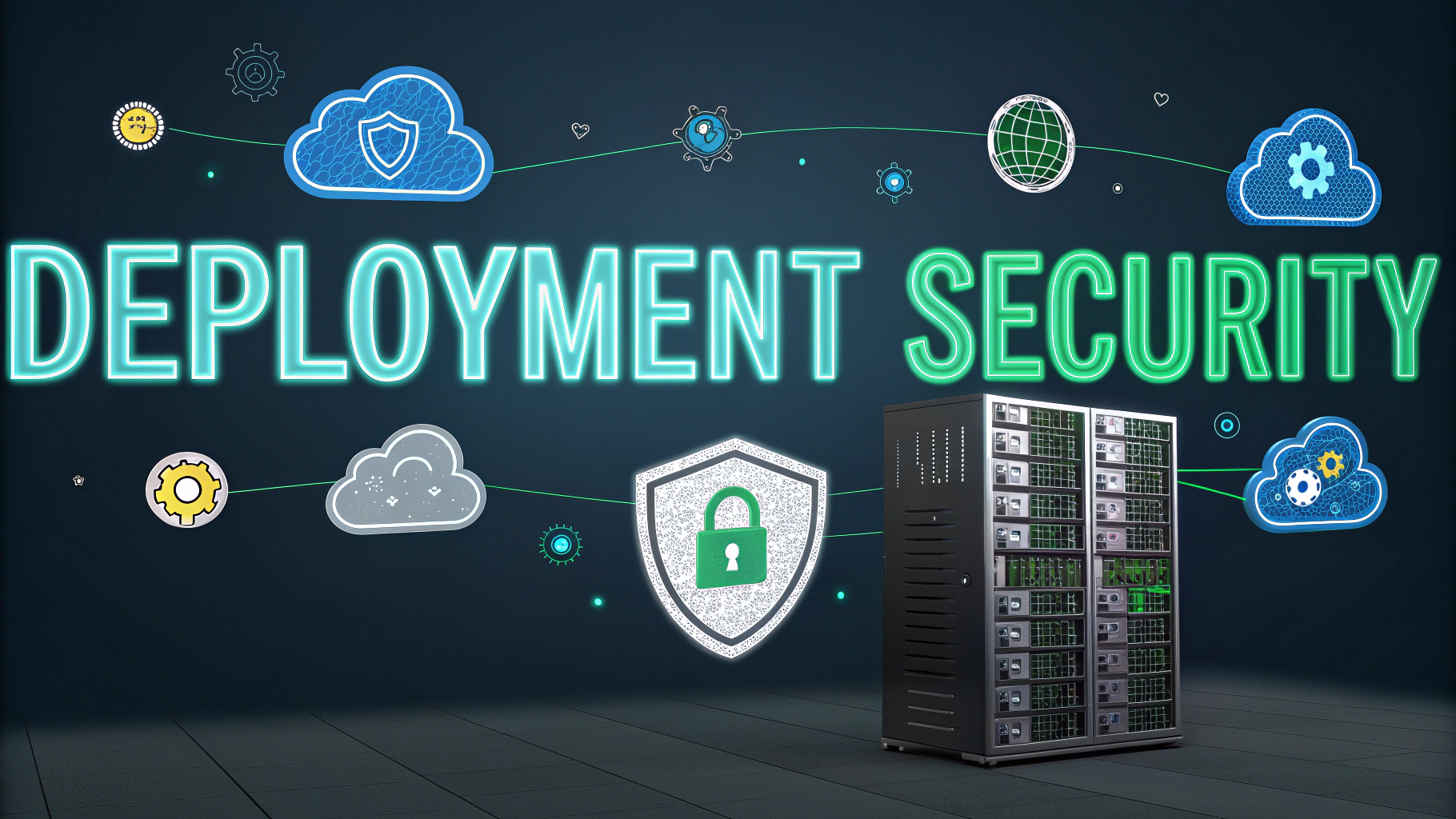Windows privilege escalation techniques help penetration testers and security professionals identify and exploit vulnerabilities that allow unauthorized elevation of system access rights.
Understanding these methods is essential for both offensive security testing and defensive hardening of Windows systems against potential attacks.
This guide covers practical privilege escalation techniques, tools, and countermeasures for Windows environments.
Initial Enumeration Steps
- System Info: whoami /all
- Network: ipconfig /all
- Running processes: tasklist /v
- Services: net start
- Installed software: wmic product get name
Common Windows Privilege Escalation Vectors
Unquoted Service Paths
When service paths contain spaces but aren’t enclosed in quotes, Windows checks multiple locations, potentially allowing execution of malicious executables.
wmic service get name,pathname,displayname,startmode | findstr /i auto sc qc "Service Name"
Kernel Exploits
Tools like Windows-Exploit-Suggester can identify missing patches that could lead to kernel-level privilege escalation.
AlwaysInstallElevated
Check registry settings that may allow standard users to run MSI files with SYSTEM privileges:
reg query HKCUSOFTWAREPoliciesMicrosoftWindowsInstaller reg query HKLMSOFTWAREPoliciesMicrosoftWindowsInstaller
Tools for Privilege Escalation
- PowerUp.ps1 – PowerShell script for quick Windows privilege escalation checks
- BeRoot – Comprehensive privilege escalation scanning
- WindowsPrivEsc – Automated privilege escalation enumeration
- Sherlock – PowerShell script to find missing patches
Service Manipulation
Check service permissions using accesschk:
accesschk.exe -uwcqv "Authenticated Users" * accesschk.exe -qdws "Users" c:
Registry Exploitation
- AutoRun executables
- AlwaysInstallElevated settings
- Service registry permissions
Token Manipulation
Use tools like incognito to list and impersonate available tokens:
incognito.exe list_tokens -u incognito.exe execute -c "NT AUTHORITYSYSTEM" cmd.exe
Scheduled Tasks
Review scheduled tasks for misconfigured permissions:
schtasks /query /fo LIST /v
Securing Against Privilege Escalation
- Keep systems patched and updated
- Implement least privilege principle
- Monitor service accounts and permissions
- Use AppLocker or Software Restriction Policies
- Regular security audits using tools like Microsoft Security Compliance Toolkit
Next Steps in System Hardening
Regular testing with tools like Microsoft Baseline Security Analyzer (MBSA) helps identify and remediate privilege escalation vulnerabilities.
Contact Microsoft Security Response Center (MSRC) at [email protected] to report new privilege escalation vulnerabilities.
Advanced Persistence Techniques
Understanding persistence mechanisms helps identify potential privilege escalation backdoors:
- Windows Registry run keys
- Startup folders
- WMI event subscriptions
- DLL hijacking opportunities
Network Service Exploitation
SMB Shares
Check for misconfigured network shares that could expose sensitive files:
net share powershell Get-WmiObject -Class Win32_Share
Named Pipes
Enumerate and analyze named pipes for potential privilege escalation vectors:
pipelist.exe accesschk.exe -w pipe*
Memory Analysis
- Process memory dumping for credential extraction
- Page file analysis
- Memory-mapped file inspection
Maintaining Security Posture
Implement continuous monitoring and security controls:
- Deploy endpoint detection and response (EDR) solutions
- Configure Windows Event Log auditing
- Implement network segmentation
- Regular penetration testing
- Security awareness training
Advancing Windows Defense Strategy
Effective privilege escalation prevention requires a multi-layered security approach combining technical controls, regular assessments, and user awareness. Organizations should maintain comprehensive security documentation and incident response plans while staying current with emerging threats and Microsoft security advisories.
For ongoing protection, establish a systematic approach to vulnerability management and maintain relationships with security communities and vendors for threat intelligence sharing.
FAQs
- What is Windows privilege escalation?
Windows privilege escalation is the process of exploiting vulnerabilities or misconfigurations to gain elevated access rights from a limited user account to one with administrator or system-level privileges. - What are common tools used for Windows privilege escalation?
PowerUp, BeRoot, Windows-Exploit-Suggester, Sherlock, PowerSploit, and WinPEAS are commonly used tools for identifying potential privilege escalation vectors in Windows systems. - What are unquoted service paths and how can they be exploited?
Unquoted service paths are Windows services whose executable paths contain spaces but aren’t enclosed in quotes. Attackers can exploit this by placing malicious executables in the path, which Windows may execute instead of the intended program. - How can scheduled tasks be used for privilege escalation?
Misconfigured scheduled tasks running with SYSTEM privileges can be exploited if a regular user has write permissions to the task’s executable or script, allowing replacement with malicious code. - What role do Windows services play in privilege escalation?
Services running with high privileges but having weak permissions on their executable files, registry entries, or service configurations can be manipulated to execute arbitrary code with elevated privileges. - How can DLL hijacking lead to privilege escalation?
DLL hijacking occurs when an application loads a DLL from an unsecured location. By placing a malicious DLL in the search path, attackers can execute code with the privileges of the loading application. - What is UAC bypass and how does it work?
User Account Control (UAC) bypass techniques exploit trusted Windows programs or processes to elevate privileges without triggering UAC prompts, often using auto-elevation properties of trusted executables. - How can always installed elevated privileges be exploited?
When Windows MSI installers are configured to always install with elevated privileges, attackers can create malicious MSI packages that execute commands with SYSTEM privileges. - What is token impersonation and how can it be exploited?
Token impersonation involves stealing or manipulating Windows access tokens to assume the identity of another user or process with higher privileges, often exploiting services running as SYSTEM. - How do kernel exploits facilitate privilege escalation?
Kernel exploits target vulnerabilities in the Windows kernel or drivers to execute code with SYSTEM privileges, bypassing standard security controls.







